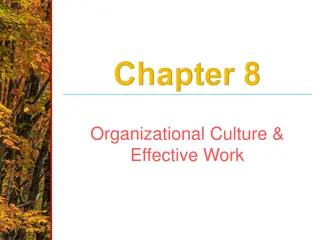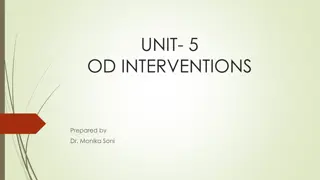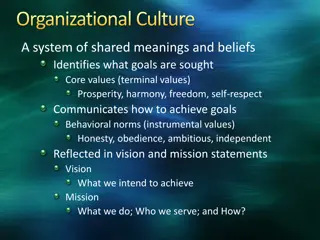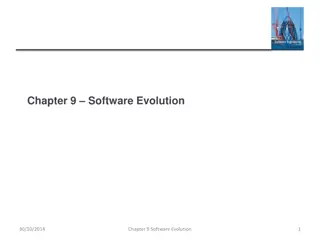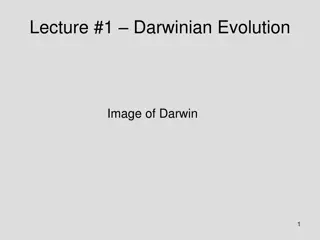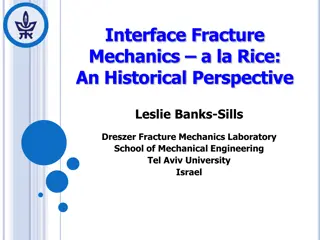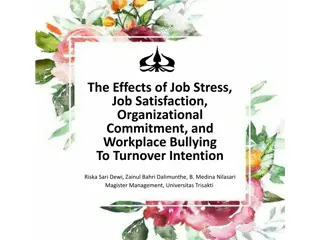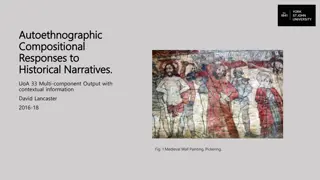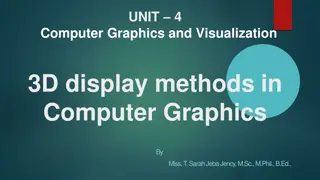Evolution of Organizational Forms in Historical Perspective
The study delves into the evolution of organizational structures through the lens of transaction cost economics (TCE) and historical legacies, analyzing the transition from putting-out systems to inside contracting. It highlights the challenges of monitoring, shirking, and transaction costs faced by early forms, leading to shifts in organizational configurations. The discussion on vertical integration, cost analysis, and strategic explanations provides insights into the emergence of new organizational forms in the late 19th and early 20th centuries.
Download Presentation

Please find below an Image/Link to download the presentation.
The content on the website is provided AS IS for your information and personal use only. It may not be sold, licensed, or shared on other websites without obtaining consent from the author.If you encounter any issues during the download, it is possible that the publisher has removed the file from their server.
You are allowed to download the files provided on this website for personal or commercial use, subject to the condition that they are used lawfully. All files are the property of their respective owners.
The content on the website is provided AS IS for your information and personal use only. It may not be sold, licensed, or shared on other websites without obtaining consent from the author.
E N D
Presentation Transcript
Background O Alfred Chandler s previous connected work O Strategy and Structure, 1962 (Form as a predictor of success) O The Visible Hand, 1977 O Processes of production and distribution as a predictor of organizational success O Past work of Mahoney (1992, 2005); Hill (1988) use a TCE perspective to reconstruct Chandler s work but from Strategy and Structure 1stmasterpiece.
Basic Idea O At a more fundamental level, adds theoretical nuance to Chandler s Visible Hand O Using the TCE framework O Vertical integration was a result of organizations striving to reduce transaction costs O Conclusions drawn from numerous industries and products O Meatpacking, sewing machines, fruit production etc.. O Could the insights from the Visible Hand predict new organizational forms O Deintegration?
Why TCE O Uses a more fundamental unit of analysis O Cost of producing and overseeing the functions of production O Complements Chandler s processual view O Thus, provides a strategic explanation to the evolution of forms in the late 19thand early 20thcentury O Specifically as an overarching explanation for vertical integration O Alternative explanations O Power, competition, signaling, talent, oligopolistic preferences but are not adequate O E.g., Less VI in concentrated industries
Historical legacy O Two organizational forms before organizational innovations such as the putting out and the inside contracting systems. O The putting out existed 1790s to 1840s. O Owners supplied raw materials to producers or makers O Collected and distributed the finished product themselves O Difficult to monitor>shirking> high transaction costs O Eventually owners began to hold property O The putting - out system resembles Williamson s (1985) default (market) transaction regime? O Why does it still exist in some places ? E.g., Beedi work in India
Historical Legacy (continued) O Inside contacting system. O Widely used in England especially in metal fabrication & machine tool production O In comparison to the Putting Out systems the Inside Contracting system solved the problem of moral hazard by incorporating another layer of personnel O With major assets being controlled/shared by the owner/s O However this led to further problems O Information asymmetry between owners and contractors O Property rights issues O In other words, while some types of transaction costs were minimized, new ones ensued
The Rise Of Vertically-Integrated (VI) Firms O 1840s marked the beginning of organizational innovation in American Business. O Paralleled reduced costs of information acquisition and transportation O Owners could now look beyond local O If they were willing to internalize O But is TCE the best available explanation O If not then why don t we see VI in cigarettes, beer, and packaged goods? O Low asset (human capital) specificity : central feature of transaction costs theory
VI by Firms Producing Technologically Complex Goods O Enterprises began to integrate mass production with mass distribution (Peterson, 1945; Schmitz, 1995). O Innovation ramp up production and distribution on national scale by enterprise. O Singer internalized the transaction further with its own salesrooms to market the product, deliver the machines. O Vertical integration was prominent in electrical manufacturing systems. Changes in the scale and complexity of operations in electrical manufacturing prompted organizational innovation. O Extensive marketing was necessary to distribute goods.
VI by Firms Producing Perishable Goods O Not all vertical integration involved complex products. O Perishable goods like meats and fruits might be generic but still required vertical integration for reasons related to transaction costs. O Meat-packing and fruit businesses in the late nineteenth and twentieth centuries illustrate this point. O The banana business encountered more difficulties than the meat-packing industry for at least three reasons, O Bananas cannot be produced in the continental United States, they cannot be frozen, they spoil very quickly.
Selective nature of VI in 19thcentury American Business O Older processes of production and distribution based on some mix of contract workers, independent wholesalers, and/or independent retailers continued in many industries. O For these goods, market-based regimes worked quite well O E.g., cereals, soups, drugs, liquor etc. O Was successful vertical integration largely forward integration? O Faster distribution, bananas at United Fruit; deep knowledge of product specifications and repair techniques as in the case of reapers at McCormick
Linking Chandler to TC Yesterday & Today O Linking Chandler to TCs theories and theorists. O Underscore close connection between Chandler and TC theorists like Coase and Williamson. O Chandler s (1977) historical analysis of transition in worker production practices. O Specifically Winchester firearms O Later taken up by Alchian and Demsetz (1972) Linking Chandler to emerging TCs Issues O Can TCE explain deintegration? O Role of information technology
Conclusions Conclusions O Bucheli et al. (2010) show how TCE theory informs business history even as the resulting narrative informs current thinking about effective business organization. O Contributes to stronger ties between business history and contemporary management studies. O It connects Chandler s (1977) historical analyses concerning organizational and industrial innovation with contemporary management theory explaining efficient and effective organizational structure and inter-organizational exchange.
Questions for discussion O What is the role of the consumer and consumer choice? O Are backward and forward integration equally important towards VI success? O Can Chandler s processual focus explain the existence of anomalies e.g., knife industry in Japan?





